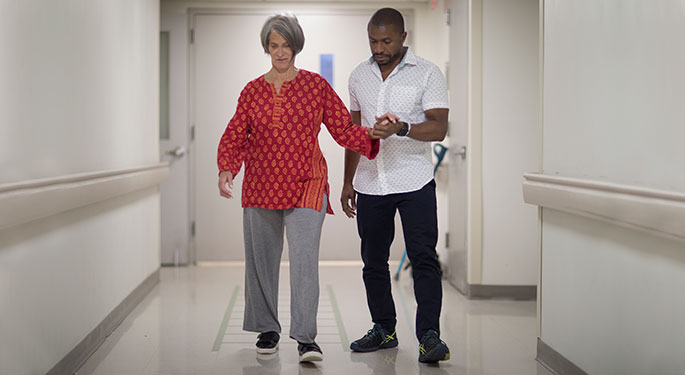
One of the initial steps in efficient pain management is comprehending the nature of pain itself. Pain is a complex phenomenon that includes both physical and emotional aspects. It can be affected by a person's mental state, past experiences, and even their environment. By informing patients about the different types of pain and their causes, healthcare providers can help them identify their pain patterns. This comprehension allows patients to communicate more effectively with their doctors, leading to more personalized and effective treatment plans.
In addition to understanding pain, patients should also be educated about the various pain management strategies available. These methods can include medications, physical therapy, psychological support, and alternative therapies such as acupuncture or massage. Each method has its advantages and potential risks. By providing patients with thorough information about these choices, they can actively participate in their treatment choices. This involvement not only empowers patients but also cultivates a sense of authority over their health, which can be beneficial for their overall health.
Another vital aspect of pain management is the importance of setting achievable goals. Patients should be encouraged to talk about their pain levels and how it impacts their daily lives with their healthcare providers. By setting achievable goals, such as lowering pain to a manageable level or improving mobility, patients can work with their medical team to monitor progress. This goal-oriented approach helps patients stay motivated and active in their treatment, leading to improved outcomes and a higher quality of life.
Finally, ongoing learning and support are essential for effective pain management. Patients should be encouraged to seek out support systems, such as support groups or educational workshops, where they can learn from others who share similar experiences. These supports can provide important insights and coping strategies that enhance Continue Reading pain management initiatives. Additionally, healthcare providers should maintain open lines of communication with their patients, ensuring they feel comfortable discussing any issues or changes in their pain. By fostering a supportive atmosphere, patients can feel empowered to take charge of their pain management journey, ultimately leading to better health results.